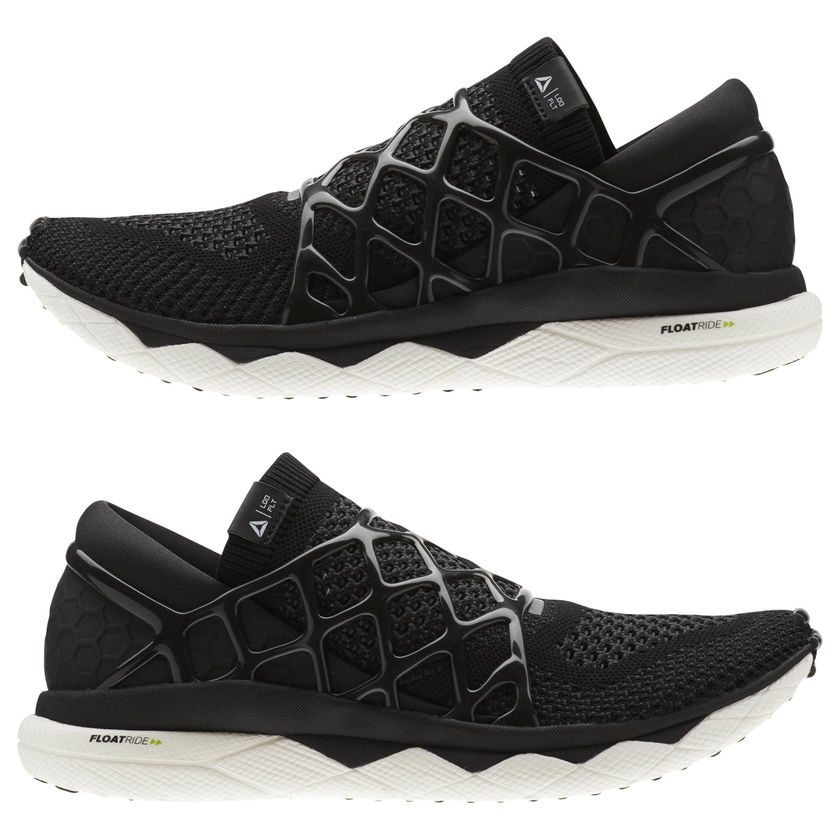The first launch has been made two years ago. Reebok leveraged 3D printing capabilities to manufacture Liquid Factory, 3D printed shoes. The company has renewed the experience this year with another limited edition of its 3D printed shoe, called this time Liquid Floatride Run.
The latter shoes require the use of a proprietary liquid material to draw shoes in 3D layers. By using this liquid printing technique, the footwear brand aims to draw stripes across the bottom of the shoe. However, the stripes are only inserted when it is required. Furthermore, since the weight of a sneaker depends on the rubber outsole, by replacing this component with liquid, the company reduced both grip and weight of the sneakers.
“Last year we launched the Liquid Factory concept with the Liquid Speed shoe. It was definitely a striking silhouette, as we aimed to showcase the way that the 3D-drawing process could change the way shoes are made,” said Bill McInnis, Head of Reebok Future. “What we’re excited to highlight with Liquid Floatride is how we can apply the Liquid Factory process to any of our existing products, to make shoes even better.”

As far as Reebok’s prospects of development for these 3D printed shoes are concerned, McInnis added, “The next generation of Liquid Factory products will be even more innovative, as we can create the entire shoe using the Liquid Factory process – outsole, cushioning and upper fit systems – the whole shoe. We are looking forward to bringing many more products to market that incorporate the ground-breaking Liquid Factory process.”
This edition is only available in the US now.
For further information, follow us on our social media and subscribe to our newsletter!
Would you like to be featured in the next issue of our digital magazine? Send us an email at contact@3dadept.com





